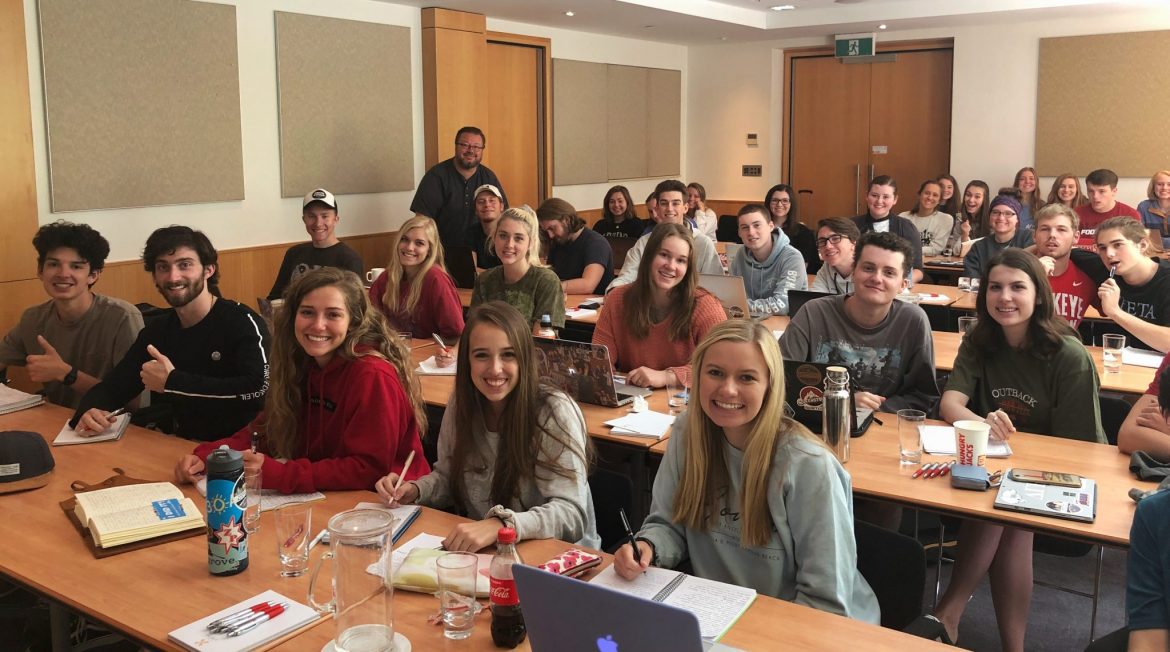Each semester Harding University offers its students many different opportunities to study abroad in another country. This fall, those options included Harding University in Greece and Florence (HUG/HUF), Harding University in England (HUE) and Harding University in Australia (HUA).
A normal day, if there are any, typically consists of morning classes and experiential learning and field trips in the afternoon. The program is made up of days with classes in the classroom and others with on-site classes, said returning HUF faculty and associate professor of music Jay Walls.
“Both teachers and students have to be flexible,” Walls said. “We don’t have a Monday-through-Friday schedule, and sometimes changes have to be made while the day is in progress. But with a little flexibility, the variety becomes very exciting.”
Visiting HUA professor David Kee explained that sometimes class days can be hard for teachers and students. The program is only set up for 21 days of class and so the class time is seen as precious and must be managed well. Some days professors hold classes straight through from 8:30 a.m. to 4:30 p.m. with only short breaks.
“Unlike on campus we have the same students in every class, with a few exceptions,” Kee said. “It’s an interesting dynamic because we really get to know the students. It opens doors for deeper conversations that are not as easy to have on campus.”
Kee said teaching abroad is different due to the fact that because faculty report to a program director, they must take a sort of hands-off approach, which is not always easy as a teacher used to controlling the classroom. He also admits it’s not always easy to move back and forth between being teachers and tourists.
“As teachers, we are guests in the international programs,” Kee said. “It’s very important that we make the trip not about us, but rather to be available to the students. It’s about their overall experience.”
Current HUG/HUF senior Allison Gunn said she believes the class schedule abroad is truly what fits the program best. Because there are around 40 students and only about four professors, she said it would be impossible for everyone to schedule their own classes and schedule breaks around it as well, though she misses that aspect of education.
“I’m definitely excited to choose my own schedule again next semester so I can make it fit my study, social and sleep needs,” Gunn said.
Gunn says the main difference about study abroad programs is that you learn more outside of the classroom than you do in Searcy. Most classes on Searcy’s campus rely on things like lectures, reading and studying to teach concepts, but here the lectures are really meant to supplement and provide background information on experiences.
“International classes provide an undeniably unique experience you can’t get in Searcy,” Gunn said. “Instead of hearing about different cultures or art pieces, you actually get to experience it for yourself.”
